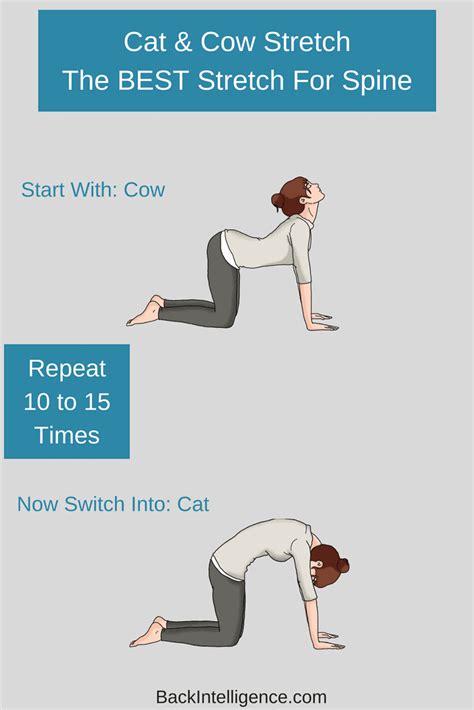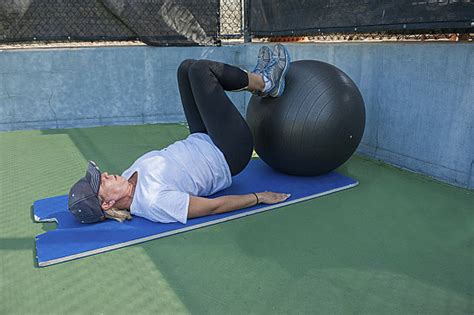Lower back pain is a common ailment affecting millions, often disrupting daily life and diminishing overall quality. While various factors contribute to this discomfort, a weak core is frequently a significant culprit. Strengthening your core muscles—including your abdominals, back extensors, and obliques—provides essential support for your spine, reducing strain and improving stability. This article will guide you through some of the best core exercises specifically designed to alleviate and prevent lower back pain.
Why Core Strength Matters for Your Back
Your core acts as the central link in your body’s kinetic chain, connecting your upper and lower body. When these muscles are weak, your spine bears more of the burden during movement and even while standing or sitting. A strong core creates a natural corset, stabilizing the lumbar spine and pelvis, which in turn reduces pressure on the vertebral discs and surrounding ligaments. This stability is crucial for maintaining proper posture and preventing injuries.

Essential Core Exercises for Lower Back Pain Relief
Here are several effective and gentle core exercises that are excellent for those experiencing lower back pain. Remember to listen to your body and stop if you feel any sharp pain.
1. Pelvic Tilts
This exercise gently mobilizes the lower spine and engages the deep abdominal muscles. Lie on your back with your knees bent and feet flat on the floor, hip-width apart. Flatten your lower back against the floor by tightening your abdominal muscles and tilting your pelvis upwards. Hold for a few seconds, then relax. Repeat 10-12 times.
2. Bird-Dog
The Bird-Dog exercise improves core stability and balance while strengthening the glutes and back muscles without straining the spine. Start on your hands and knees, hands directly under your shoulders, knees under your hips. Keep your back flat. Slowly extend one arm straight forward and the opposite leg straight back, keeping your core engaged and hips level. Hold for a few seconds, then return to the starting position. Alternate sides for 10-12 repetitions per side.

3. Modified Plank (Knee Plank)
The plank is an excellent full-body core strengthener, but the modified version reduces pressure on the lower back. Begin on your forearms and knees. Ensure your body forms a straight line from your head to your knees. Engage your core, keeping your hips from sagging or lifting too high. Hold for 20-30 seconds, then rest. Work up to 3-5 repetitions.

4. Dead Bug
The Dead Bug exercise is superb for developing core stability and coordination without stressing the lower back. Lie on your back with your arms extended towards the ceiling and knees bent at a 90-degree angle over your hips. Slowly lower one arm and the opposite leg towards the floor, keeping your lower back pressed into the ground. Return to the start and alternate sides. Perform 8-10 repetitions per side.
5. Cat-Cow Stretch
While not strictly a strengthening exercise, the Cat-Cow stretch is invaluable for gently mobilizing the spine and relieving tension in the lower back. Start on your hands and knees. Inhale as you drop your belly towards the floor, lifting your head and tailbone (Cow pose). Exhale as you round your spine towards the ceiling, tucking your chin and tailbone (Cat pose). Flow smoothly between these two positions for 10-15 cycles.

Important Considerations
- Proper Form is Key: Incorrect form can aggravate existing pain. If unsure, consider consulting a physical therapist or certified trainer.
- Start Slowly: Begin with fewer repetitions or shorter holds and gradually increase as your strength improves.
- Listen to Your Body: Pain is a signal. Never push through sharp or increasing pain.
- Consistency: Regular practice is more effective than infrequent, intense workouts. Aim for 3-5 times a week.

Conclusion
Incorporating these targeted core exercises into your routine can be a game-changer for managing and preventing lower back pain. By building a strong and stable core, you provide your spine with the support it needs to function optimally, leading to improved posture, reduced discomfort, and a better quality of life. Remember to approach these exercises with mindfulness and consistency, and always prioritize safety over intensity.




